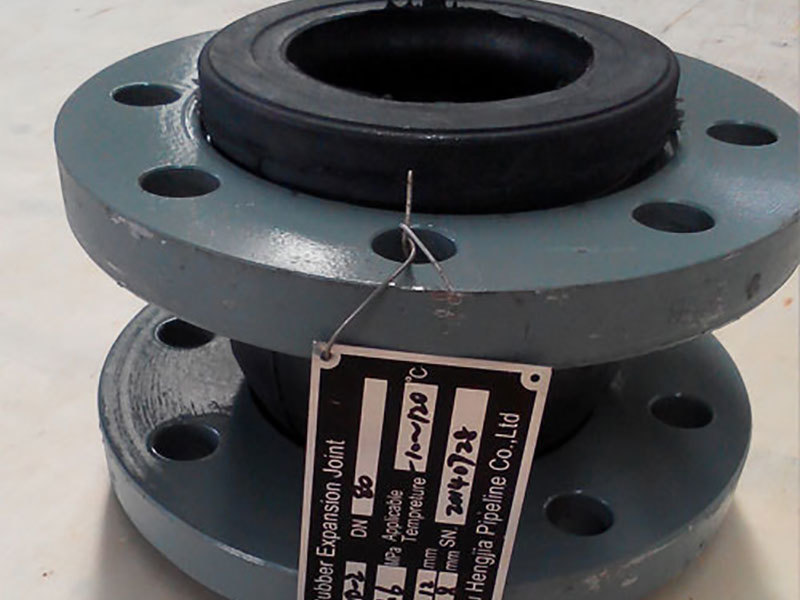A Comprehensive Guide to Straight Seam Steel Pipes: Understanding Their Applications and Benefits
Release time:
2025-10-18
Straight seam steel pipes are critical components in a variety of industrial applications, primarily due to their strength, durability, and versatility. These pipes are manufactured by welding flat steel plates or strips along a straight seam, which results in a smooth and consistent finish. This design feature not only enhances the structural integrity of the pipes but also makes them suitable fo
Straight seam steel pipes are critical components in a variety of industrial applications, primarily due to their strength, durability, and versatility. These pipes are manufactured by welding flat steel plates or strips along a straight seam, which results in a smooth and consistent finish. This design feature not only enhances the structural integrity of the pipes but also makes them suitable for high-pressure environments.
One of the primary advantages of straight seam steel pipes is their ability to be produced in a wide range of sizes and thicknesses. This adaptability makes them ideal for various applications, including oil and gas transportation, water supply systems, and industrial fluid transfer. The manufacturing process typically involves cutting steel sheets to the desired width, heating them, and then welding the edges together. The welded seam is then inspected for quality to ensure that it meets industry standards.
In terms of material properties, straight seam steel pipes are often made from carbon steel, stainless steel, or alloy steel, which significantly affects their performance and suitability for different environments. Carbon steel pipes are commonly used in standard applications, while stainless steel pipes provide enhanced corrosion resistance, making them ideal for environments that may expose them to harsh chemicals or moisture.
The applications of straight seam steel pipes extend beyond just fluid transport. They are also used in construction for structural support, as well as in manufacturing processes where they can serve as conduits for various materials. The strength-to-weight ratio of these pipes allows for the creation of lightweight structures without compromising on durability.
Moreover, straight seam steel pipes are often employed in energy sectors, particularly in the transport of natural gas and petroleum products, where safety and reliability are paramount. Their design helps maintain the integrity of the transported materials while minimizing the risk of leaks or ruptures.
When selecting straight seam steel pipes for specific projects, it is crucial to consider factors like pipe diameter, wall thickness, and material type. Understanding the specific requirements of your project will help ensure optimal performance and longevity of the piping system.
In conclusion, straight seam steel pipes play a vital role across various industries due to their strength, versatility, and reliability. Whether utilized for transporting fluids or serving structural purposes, their significance in modern industrial applications cannot be overstated. By understanding the characteristics and benefits of these pipes, professionals can make informed decisions that enhance the efficiency and safety of their projects.
One of the primary advantages of straight seam steel pipes is their ability to be produced in a wide range of sizes and thicknesses. This adaptability makes them ideal for various applications, including oil and gas transportation, water supply systems, and industrial fluid transfer. The manufacturing process typically involves cutting steel sheets to the desired width, heating them, and then welding the edges together. The welded seam is then inspected for quality to ensure that it meets industry standards.
In terms of material properties, straight seam steel pipes are often made from carbon steel, stainless steel, or alloy steel, which significantly affects their performance and suitability for different environments. Carbon steel pipes are commonly used in standard applications, while stainless steel pipes provide enhanced corrosion resistance, making them ideal for environments that may expose them to harsh chemicals or moisture.
The applications of straight seam steel pipes extend beyond just fluid transport. They are also used in construction for structural support, as well as in manufacturing processes where they can serve as conduits for various materials. The strength-to-weight ratio of these pipes allows for the creation of lightweight structures without compromising on durability.
Moreover, straight seam steel pipes are often employed in energy sectors, particularly in the transport of natural gas and petroleum products, where safety and reliability are paramount. Their design helps maintain the integrity of the transported materials while minimizing the risk of leaks or ruptures.
When selecting straight seam steel pipes for specific projects, it is crucial to consider factors like pipe diameter, wall thickness, and material type. Understanding the specific requirements of your project will help ensure optimal performance and longevity of the piping system.
In conclusion, straight seam steel pipes play a vital role across various industries due to their strength, versatility, and reliability. Whether utilized for transporting fluids or serving structural purposes, their significance in modern industrial applications cannot be overstated. By understanding the characteristics and benefits of these pipes, professionals can make informed decisions that enhance the efficiency and safety of their projects.
Key words:
Related News






